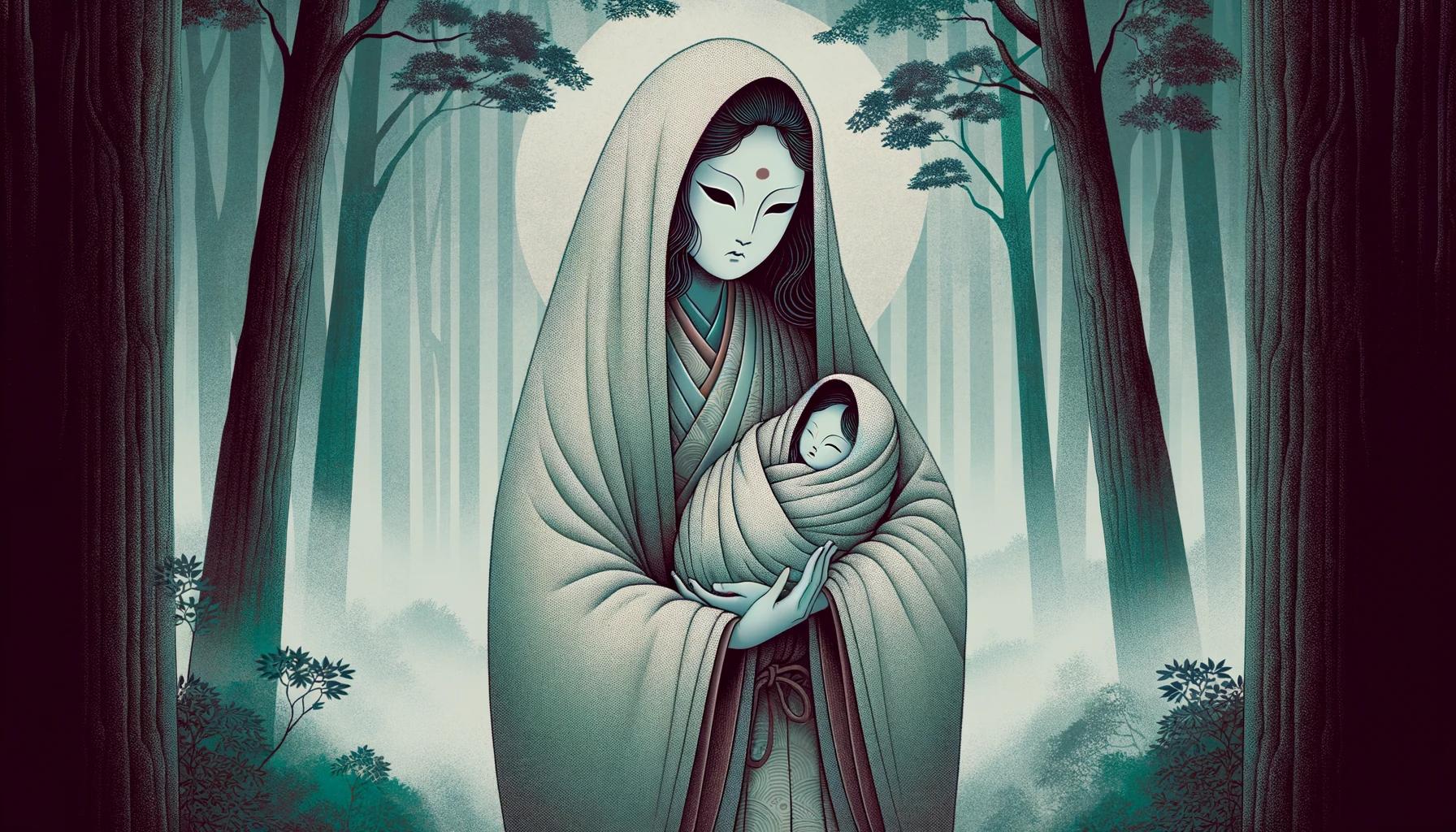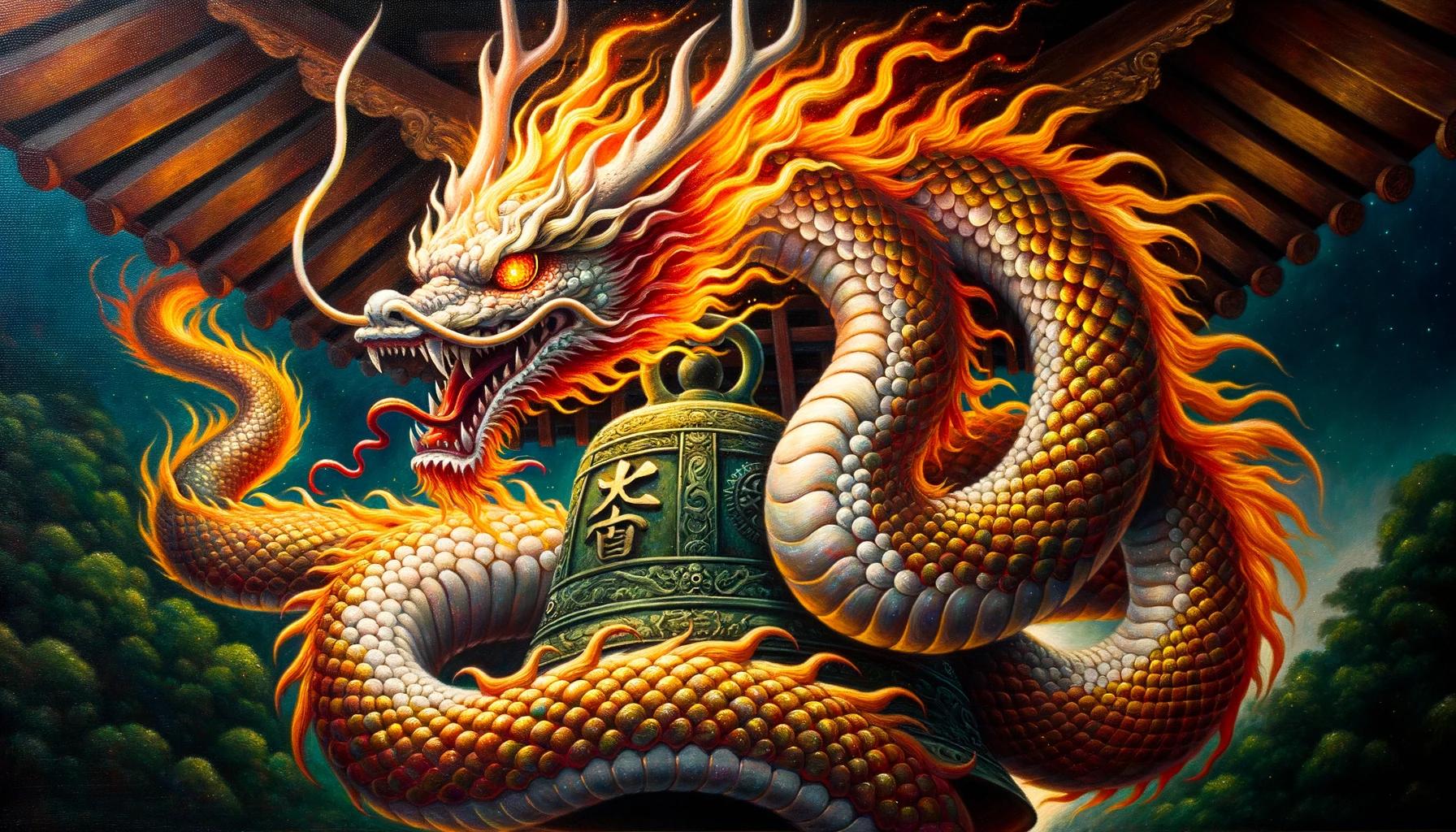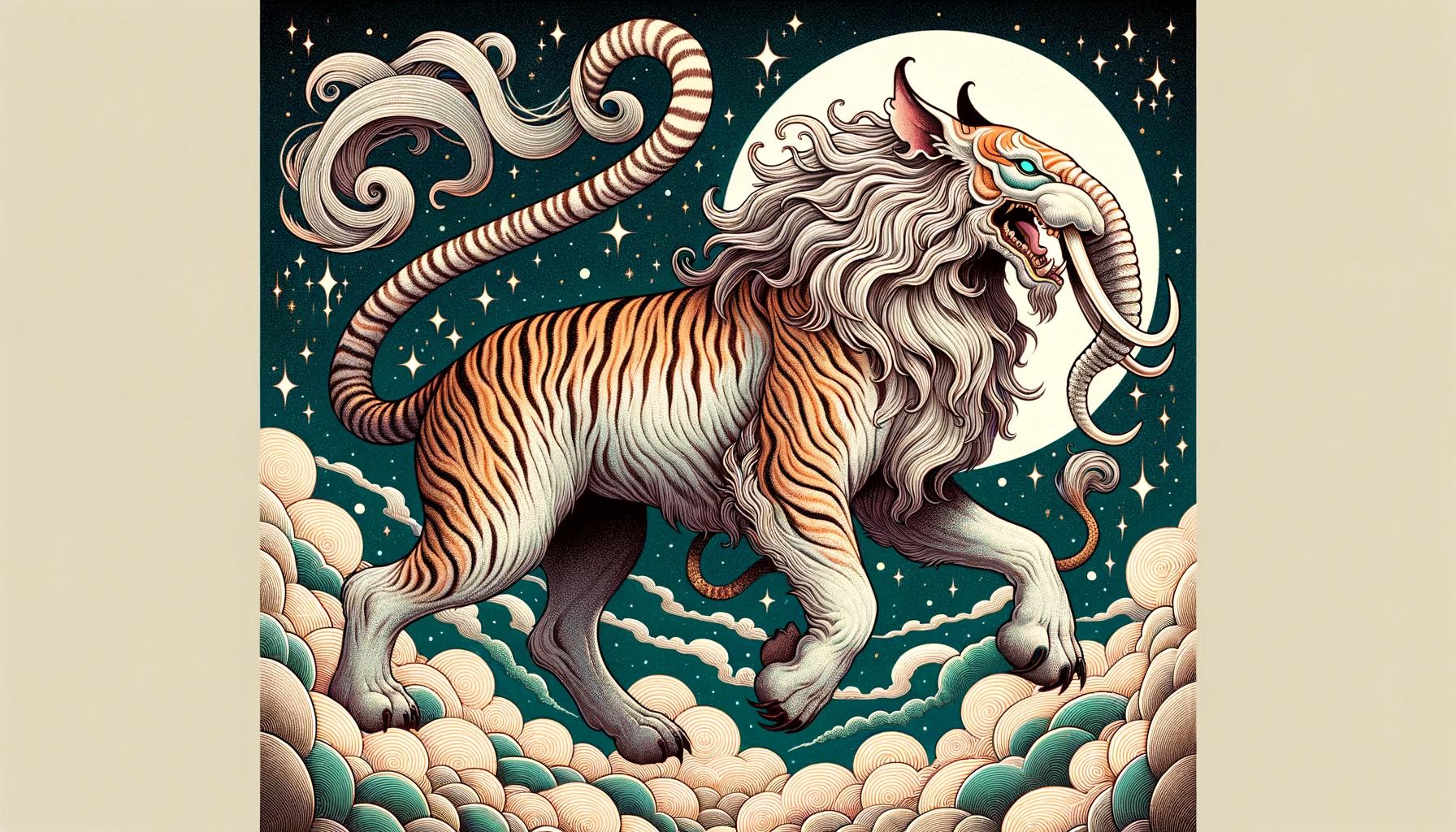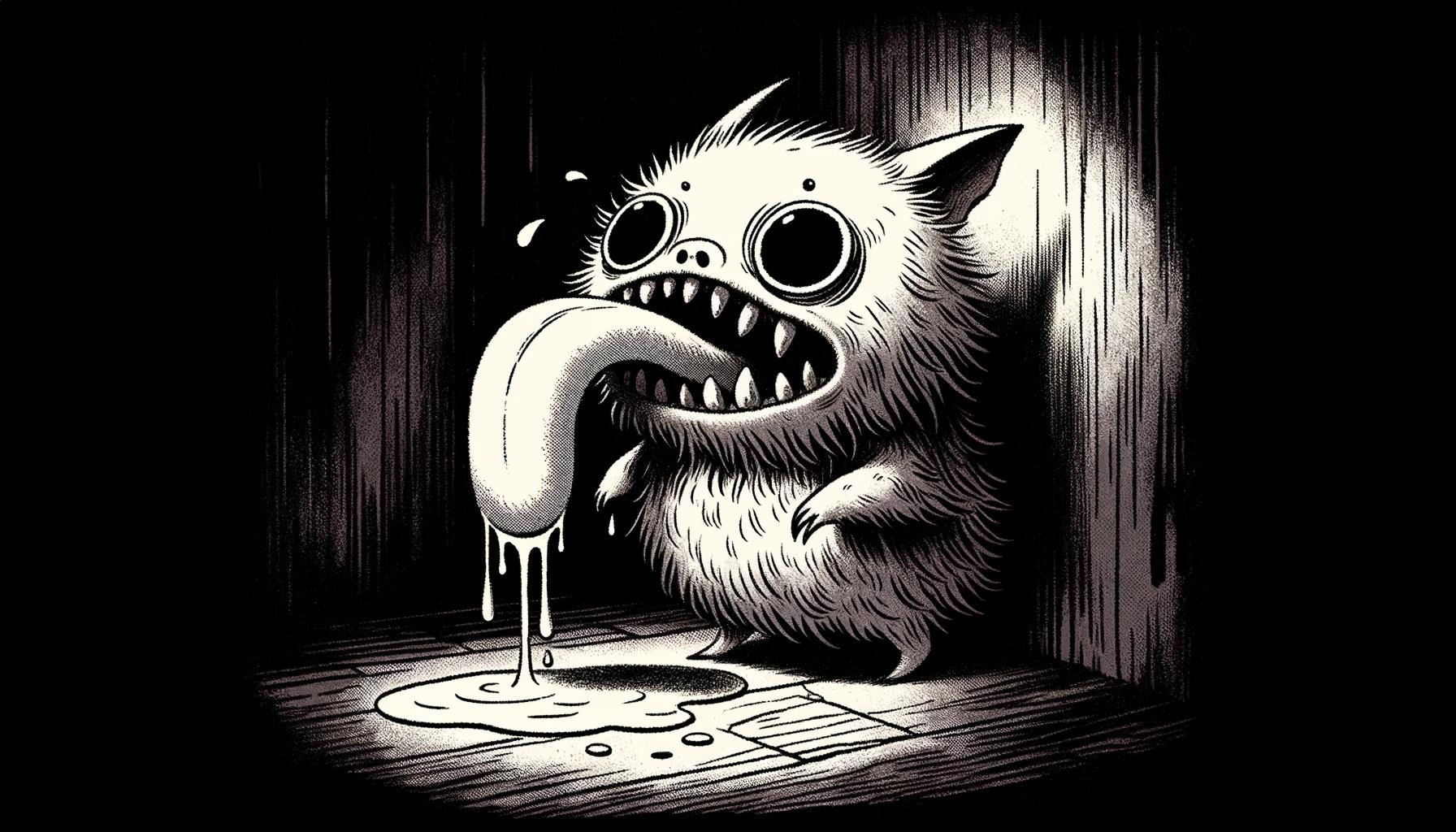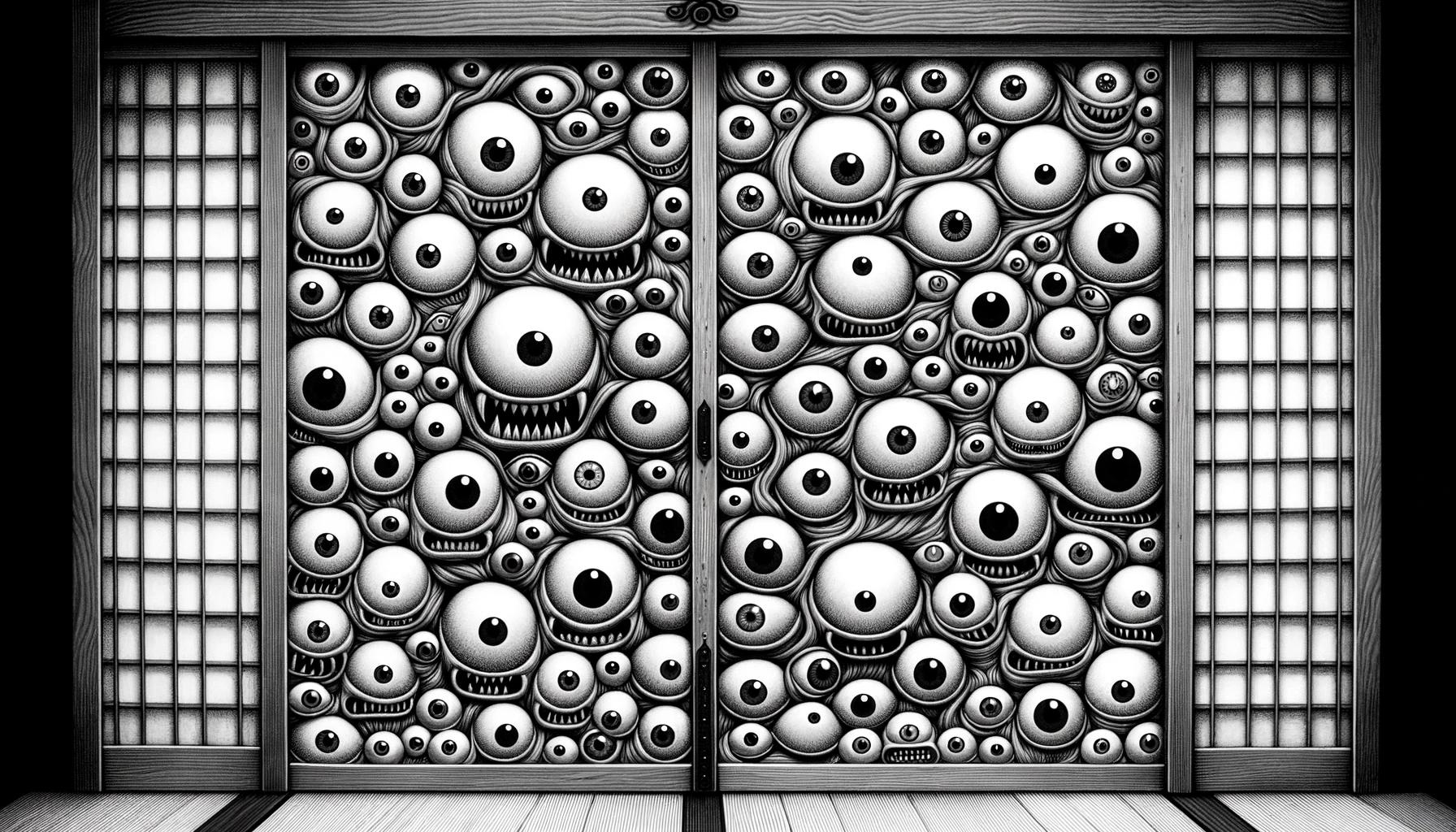Ubume Yokai: Exploring the Haunting Tales of Japanese Spirits Linked to Motherhood
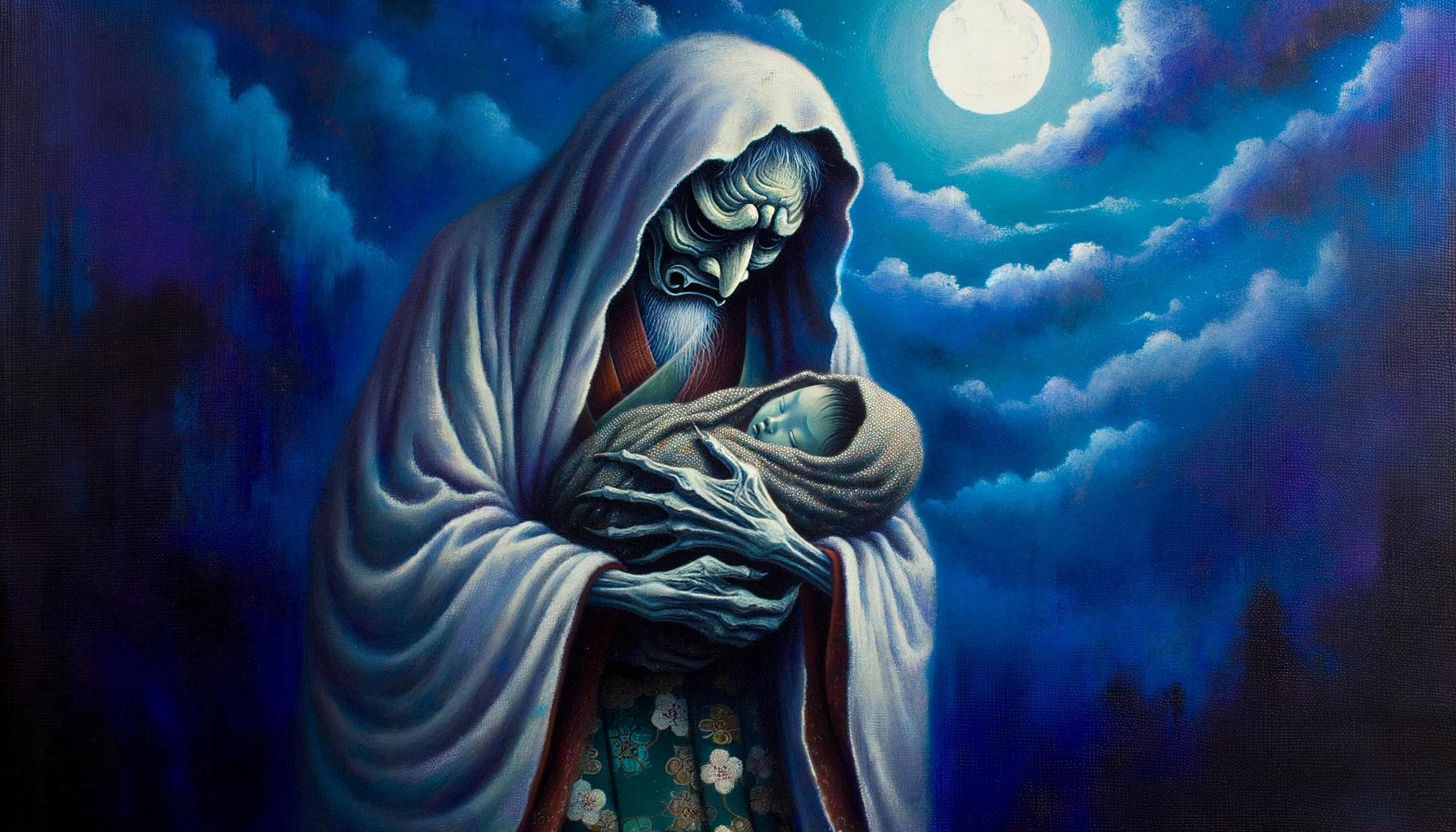
Ubume Yokai, a Japanese spirit associated with deceased women during childbirth, has long fascinated storytellers and artists. Legends depict the Ubume as a motherly figure, carrying what appears to be a baby but reveals itself as a bundle of leaves or a rock upon closer inspection.
With variations across regions and reflecting different burial practices, the Ubume symbolizes a mother’s enduring love and concern. Explore the rich folklore and artistic representations of Ubume Yokai, revealing Japan’s cultural diversity and fascination with the supernatural.
Understanding Ubume Yokai and its Haunting Legends
The Ubume Yokai is a fascinating Japanese supernatural entity shrouded in haunting legends. Exploring its origins and folklore helps shed light on the captivating lore surrounding this enigmatic spirit.
Origins and Folklore Surrounding Ubume Yokai
The Ubume Yokai’s origins can be traced back to ancient Japanese tales and folk beliefs.
According to folklore, Ubume is the spirit of a woman who died during childbirth, manifesting as a ghostly figure carrying an infant. These stories reflect the fears and anxieties surrounding childbirth and the mysterious realm of the afterlife.
Representation and Symbolism of Ubume Yokai
The representation of the Ubume Yokai varies in different folk tales and artistic depictions. Symbolically, the Ubume conveys the enduring bond between a mother and her child, even in death.
The portrayal of the Ubume carrying a semblance of the baby, whether a bag of leaves or a large rock, represents the maternal love and concern that transcends mortality.
Different Variations and Regional Traditions of Ubume Yokai
Throughout Japan, various regions have their own unique variations and traditions associated with the Ubume Yokai. These differences stem from varying burial customs and circumstances surrounding the deaths of pregnant women.
Some areas bury the mother with her fetus, while others separate the fetus and place it in the mother’s arms during burial. These regional variations highlight the cultural richness and diversity of beliefs surrounding the Ubume Yokai.
The Ubume Yokai’s Connection to Maternity and Death
The Ubume Yokai, deeply intertwined with themes of maternity and death, holds significant cultural and historical relevance in Japanese society.
Exploring the connection between the Ubume Yokai and these aspects unveils intriguing insights into Japanese culture and the taboos surrounding pregnancy-related deaths.
Maternity and Motherhood in Japanese Culture and History
In Japanese culture, maternity and motherhood have long been revered and considered essential roles for women.
The expectation and societal pressure associated with bearing children were integral to women’s identities and their status within the community. From ancient times to the present day, the bond between mother and child has held immense significance.
Taboos and Stigma Surrounding Pregnancy-related Deaths
Tragically, pregnancy-related deaths carried a heavy stigma in Japanese society. Women who died during childbirth or while pregnant were often blamed or seen as imperfect vessels for reproduction. This prejudice created a taboo topic surrounding the loss of maternal lives, adding to the grief and isolation experienced by bereaved families.
Significance of Ubume Yokai in Addressing Taboos and Grief
The Ubume Yokai serves as a poignant representation of the grief and unresolved emotions surrounding pregnancy-related deaths. This supernatural entity provides a symbolic outlet for expressing the profound sorrow experienced by both mothers and their families.
By acknowledging and addressing these taboos through folklore and artistic interpretations, the Ubume Yokai helps society confront and process the complexities of loss.
Tales and Legends of Ubume Yokai Throughout History
Ubume Yokai, with its haunting presence, has left an indelible mark on Japanese literature and folklore.
These tales have fascinated and captivated generations, offering a glimpse into the mysterious world of the supernatural.
Ubume Yokai in Japanese Literature and Folklore
Throughout centuries, Ubume Yokai has been a recurring theme within Japanese literature, captivating the imaginations of writers and storytellers. Its haunting tales have been passed down through generations, exploring themes of motherhood, grief, and the spiritual realm.
These stories often depict the Ubume as a sorrowful yet determined spirit, carrying the weight of unfinished motherhood. Through these narratives, the Ubume Yokai serves as a poignant reminder of the unbreakable bond between a mother and her child, even in death.
Depictions of Ubume Yokai in Art and Visual Representations
Artists of the Tokugawa era were inspired by the mystique of the Ubume Yokai, visualizing its haunting presence through various forms of artistic expression. Paintings, woodblock prints, and sculptures showcased the intricate details of the Ubume, capturing the essence of its sorrowful and ethereal nature.
These visual representations not only conveyed the physical appearance of the Ubume but also delved into the emotional depth of this spirit. The artwork served as a medium to explore the theme of motherhood and the complexities surrounding life and death.
Cultural Impact and Enduring Legacy of Ubume Yokai
The Ubume Yokai’s tales and artistry have left an enduring impact on Japanese culture, influencing literature, art, and even contemporary media. Its portrayal as a symbol of maternal love and the potential dangers of childbirth resonates deeply within the Japanese psyche.
Today, the Ubume Yokai continues to be a subject of fascination and exploration, highlighting the rich cultural heritage of Japan and its appreciation for the spiritual and supernatural. Its longevity and significance in Japanese society reflect the enduring power of storytelling and the human fascination with the unknown.
Exploring the Spiritual Realm: Ubume Yokai and Other Supernatural Creatures
Embark on a journey through the ethereal realm of Japanese mythology and delve into the intriguing world of Yokai and other supernatural creatures. This section explores the deep-rooted beliefs and fascinating legends surrounding these mystical beings.
From their origins in Japanese mythology to their depiction in folk beliefs, we uncover the captivating narratives that shape the spiritual landscape of Japan.
Yokai in Japanese Mythology and Folk Beliefs
In Japanese folklore, Yokai are a diverse category of supernatural creatures that inhabit the everyday world.
These entities vary in nature, with each possessing unique characteristics and powers. Discover how Yokai have been deeply woven into Japanese cultural beliefs, playing roles as mischievous tricksters, protective guardians, or terrifying entities.
Ubume Yokai and its Relationship with Yurei and Oni
Among the myriad of Yokai, the Ubume Yokai holds a distinct place in Japanese ghostlore. Explore the intricate connection between the Ubume Yokai, Yurei (ghosts), and Oni (demons).
Uncover the blurred boundaries between these entities, as they navigate the realms of the living, the dead, and the supernatural.
The Intriguing Role of Ubume Yokai in Japanese Ghostlore
The Ubume Yokai’s multifaceted role in Japanese ghostlore is a fascinating subject of exploration.
Delve into the haunting tales and legends associated with the Ubume Yokai and delve deeper into its representation and symbolism. Gain insights into how this enigmatic spirit continues to captivate imaginations and shape cultural perspectives on motherhood, death, and the afterlife.
Unraveling the Ubume Yokai Mystery: Fact vs. Fiction
The Ubume Yokai is steeped in mystery and tales that often blur the lines between fact and fiction. In this section, we’ll delve deeper into the myths and misconceptions surrounding the Ubume Yokai, exploring historical accounts, real-life encounters, and modern interpretations.
Debunking Myths and Misconceptions about Ubume Yokai
- Ubume Yokai as vengeful spirits: Contrary to popular belief, Ubume Yokai are not malevolent entities seeking revenge or harm. They are more commonly associated with maternal love and care.
- Ubume Yokai’s ability to harm the living: There is no evidence to suggest that Ubume Yokai possess the ability to interact physically with the living or cause harm.
They are primarily focused on protecting and caring for their children.
- Ubume Yokai’s connection to other malevolent spirits: While Yokai folklore often intertwines different spirits, the Ubume Yokai’s nature is distinct from malevolent beings like Yurei and Oni.
Historical Accounts and Real-life Encounters with Ubume Yokai
Throughout history, numerous accounts of encounters with the Ubume Yokai have been documented, often passed down through generations.
These stories reflect the emotional intensity and cultural significance attached to the spirit.
One such account describes a traveler who, on a moonlit night, encountered a weeping woman holding her baby.
The traveler, initially frightened, witnessed the woman’s desperation to find someone to care for her child. Later, it became evident that the baby was not alive. Such encounters emphasize the Ubume Yokai’s unwavering dedication to their offspring, even beyond death.
Exploring Modern Interpretations and Pop Culture References
The Ubume Yokai has left a lasting impact on Japanese popular culture, inspiring numerous artistic interpretations and references in contemporary media. From literature and movies to manga and anime, the Ubume Yokai continues to captivate audiences with its enduring legacy.
Modern adaptations often reimagine the Ubume Yokai in different settings, exploring its connection to motherhood, grief, and the supernatural. These reinterpretations serve as a testament to the ongoing fascination with this enigmatic spirit.
Safeguarding Cultural Heritage: Preserving the Ubume Yokai Legacy
Preserving the legacy of Ubume Yokai is crucial for safeguarding Japan’s cultural heritage and ensuring the longevity of its rich folklore traditions. Efforts in documenting and researching Ubume Yokai legends play a vital role in preserving this unique aspect of Japanese supernatural mythology.
Efforts in Documenting and Researching Ubume Yokai Legends
In recent years, there has been increased interest and dedication to documenting and researching the intricate details of Ubume Yokai legends. Scholars, folklorists, and enthusiasts have embarked on extensive studies, gathering stories, accounts, and historical references to compile a comprehensive understanding of these haunting spirits.
Through fieldwork, interviews, and archival exploration, researchers strive to piece together the different variations and regional nuances of Ubume Yokai legends. These efforts ensure that the stories and cultural significance of the Ubume Yokai are accurately preserved and shared with future generations.
Importance of Cultural Preservation and Education
Cultural preservation and education are paramount in recognizing the significance of Ubume Yokai in Japanese society. By nurturing an appreciation for folklore and traditional beliefs, future generations can develop a deeper understanding of their cultural heritage.
Preserving the stories of Ubume Yokai helps maintain a connection to Japan’s past and fosters a sense of pride and identity. Cultural institutions, museums, and educational programs actively work to raise awareness about the Ubume Yokai and their role in Japanese folklore, ensuring their enduring legacy.
Appreciating the Ubume Yokai’s Impact on Japanese Society
The Ubume Yokai hold a special place in Japanese society, reminding individuals of the complexities of motherhood, loss, and the spiritual realm. By appreciating their cultural impact, we gain insight into the emotional and societal aspects associated with pregnancy, childbirth, and maternal bonds.
Through art exhibitions, literature, and folklore festivals, Japanese communities celebrate the Ubume Yokai, keeping their presence alive and fostering a sense of unity and appreciation for their heritage.
Preserving the Ubume Yokai legacy requires ongoing dedication, research, and cultural awareness.
By safeguarding these supernatural tales, Japan ensures that its unique traditions and folklore continue to inspire and captivate generations to come.
Frequently Asked Questions (FAQ) about Ubume Yokai
Welcome to the Frequently Asked Questions section about Ubume Yokai, where we address common queries surrounding these intriguing Japanese spirits. Explore the origins, rituals, representations, and regional differences associated with Ubume Yokai.
What is the origin of Ubume Yokai legends?
The legends surrounding Ubume Yokai have deep roots in Japanese folklore.
These spirits originated from tales passed down through generations, dating back at least to the 12th century. Their haunting origins lie in the tragic deaths of women during childbirth, and their enduring presence in literature and art reflects the cultural significance given to motherhood and the afterlife.
Are there any specific rituals or customs associated with Ubume Yokai?
While there are no specific rituals exclusively associated with Ubume Yokai, their legends often intersect with traditional Japanese burial customs. In some areas, pregnant women who died while giving birth were buried alongside their stillborn infants, symbolizing their eternal bond.
In other regions, the fetus would be placed in the mother’s arms during burial. These customs highlight the deep reverence and concern for mother and child, even in the face of death.
Can Ubume Yokai harm or interact with the living?
According to folklore, Ubume Yokai do not typically harm the living. Instead, they are often portrayed as benevolent spirits seeking to pass on their maternal instincts and protectiveness. Their appearances are primarily intended to convey concern for the well-being of their children.
However, encounters with Yokai can evoke a sense of unease and foreboding, as they exist in the realm between the living and the spirit world.
How is Ubume Yokai represented in contemporary Japanese media?
The representation of Ubume Yokai in contemporary Japanese media exhibits a range of interpretations.
They have made appearances in various forms of popular culture, such as anime, manga, and video games. While these representations may vary in their artistic depictions and storylines, they continue to capture the essence of the Ubume Yokai’s connection to motherhood, grief, and the supernatural world.
Are there any notable differences in Ubume Yokai legends across regions?
Yes, there are notable differences in Ubume Yokai legends across different regions of Japan. These variations stem from distinct local traditions, burial customs, and cultural beliefs. The specific rituals attributed to the spirits, as well as their physical appearance and behaviors, may differ from one region to another.
Exploring these differences provides valuable insights into the rich tapestry of Japanese folklore and the diverse interpretations of Ubume Yokai.
.











